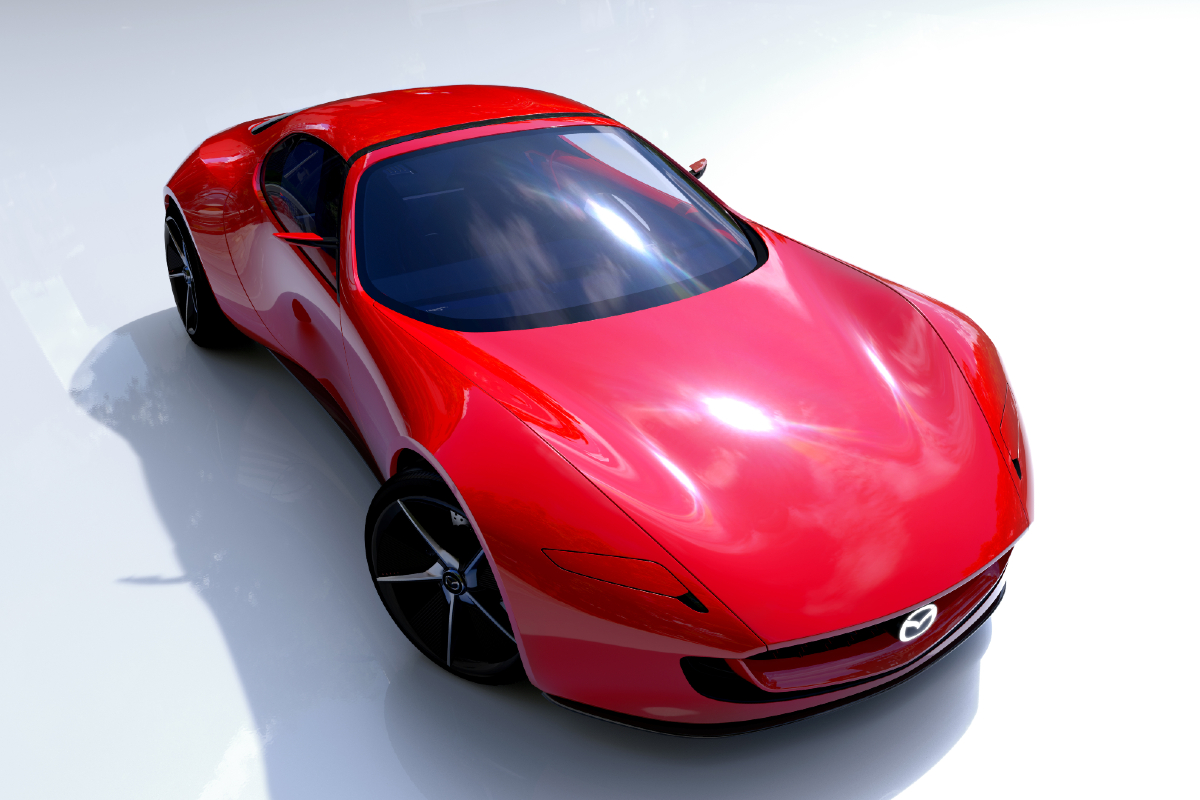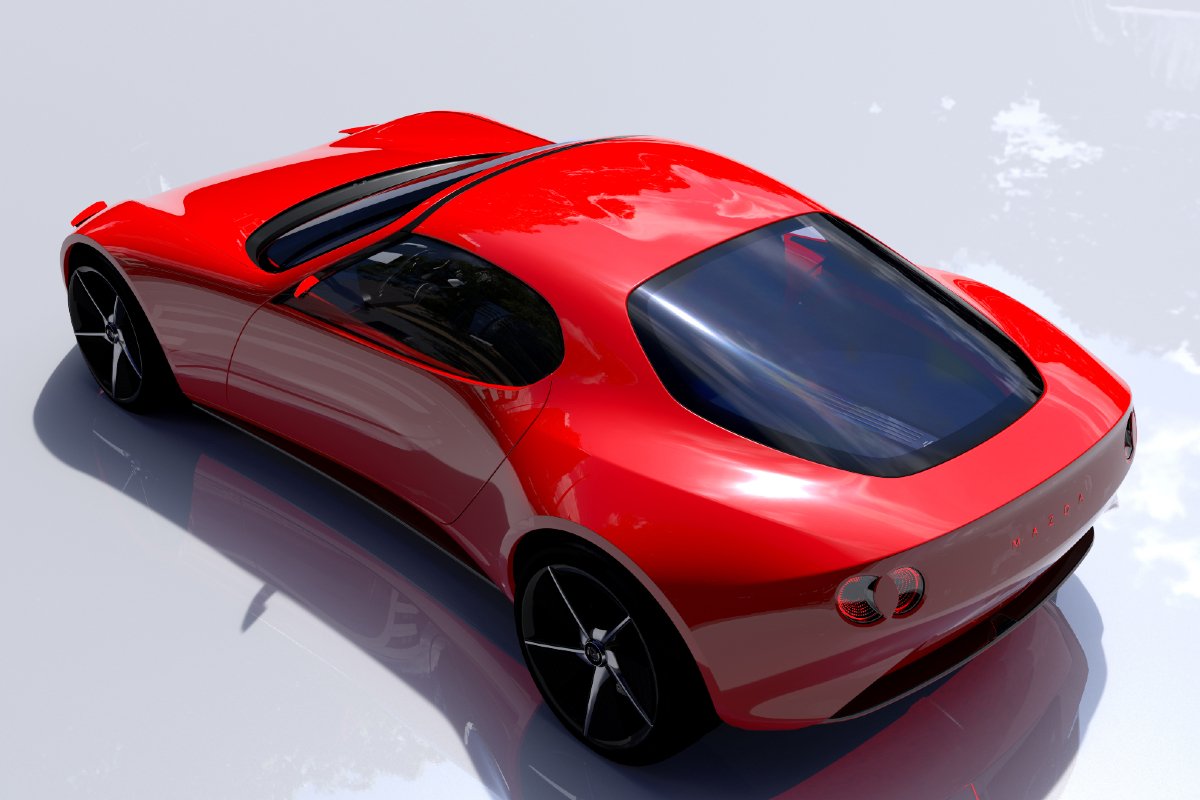
We’ve said it before, more than once actually, but we’re going to say it again because we’d just really love to see a rotary-powered sports car – the only question is, ‘will Mazda build it?’
Every year it seems rumours emerge from Japan that the company is serious about reviving its iconic sports car and the rotary engine and this time there are comments from a high-ranking Mazda executive. Chief designer Masashi Nakayama has been quoted discussing the Iconic SP concept car from the 2023 Tokyo Motor Show.
He said: “This concept is not just one of those empty show cars. It has been designed with real intent to turn it into a production model in the not-so-distant future.”
READ MORE: Mazda RX-7 comeback teased
Is this just the optimistic words of a designer who isn’t responsible for the business case? Or a genuine tease of what’s to come?
The truth is it’s probably a bit of both, with the Iconic SP likely to form the basis for its next-generation of sports cars, even the MX-5 as it is reportedly a scalable architecture. But there’s no clear timeframe on this and it could be years before anything actually hits the road. Heck, the last time we predicted the RX-7’s returned we pegged it for a 2024 launch and that didn’t turn out so well for us…

The car could also preview a return of a rotary-powered sports car, but not in the traditional sense. Mazda is devout in its belief in the rotary engine and believes it has a future as a range-extender for electrified vehicles. As such, the Iconic SP powertrain used a twin-rotor combustion engine to charge the batteries for the dual electric motors that actually drive the wheels.
Mazda is adamant that this set-up is better than a conventional internal combustion engine as the rotary engine is more compact and can run on a wider variety of fuels, potentially even carbon-neutral hydrogen.
READ MORE: Why Toyota holds the key to a new Mazda RX-7
Having teased us before in 2015 with the RX-Vision and now this Iconic SP concept, Mazda clearly has a desire to build a successor to the RX-7 and RX-8. But desire and interest is not the problem, nor is technology, money is. Mazda is a small independent brand and will likely need to find a partner in the project to make it a production viable model.
As we’ve also written before, there is an obvious connection between Mazda and Toyota, with the latter in the final stages of developing a new sports car hero for the Lexus brand (based on the Toyota GR GT3 concept) and openly talking of plans for a new GR Supra.
Perhaps a tie-in between Toyota and Mazda (the pair already have a deal to work on internal combustion engines) could be beneficial for both sides – and sports car fans looking for new metal.












Discussion about this post